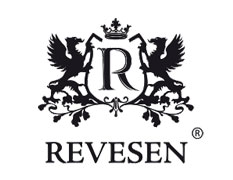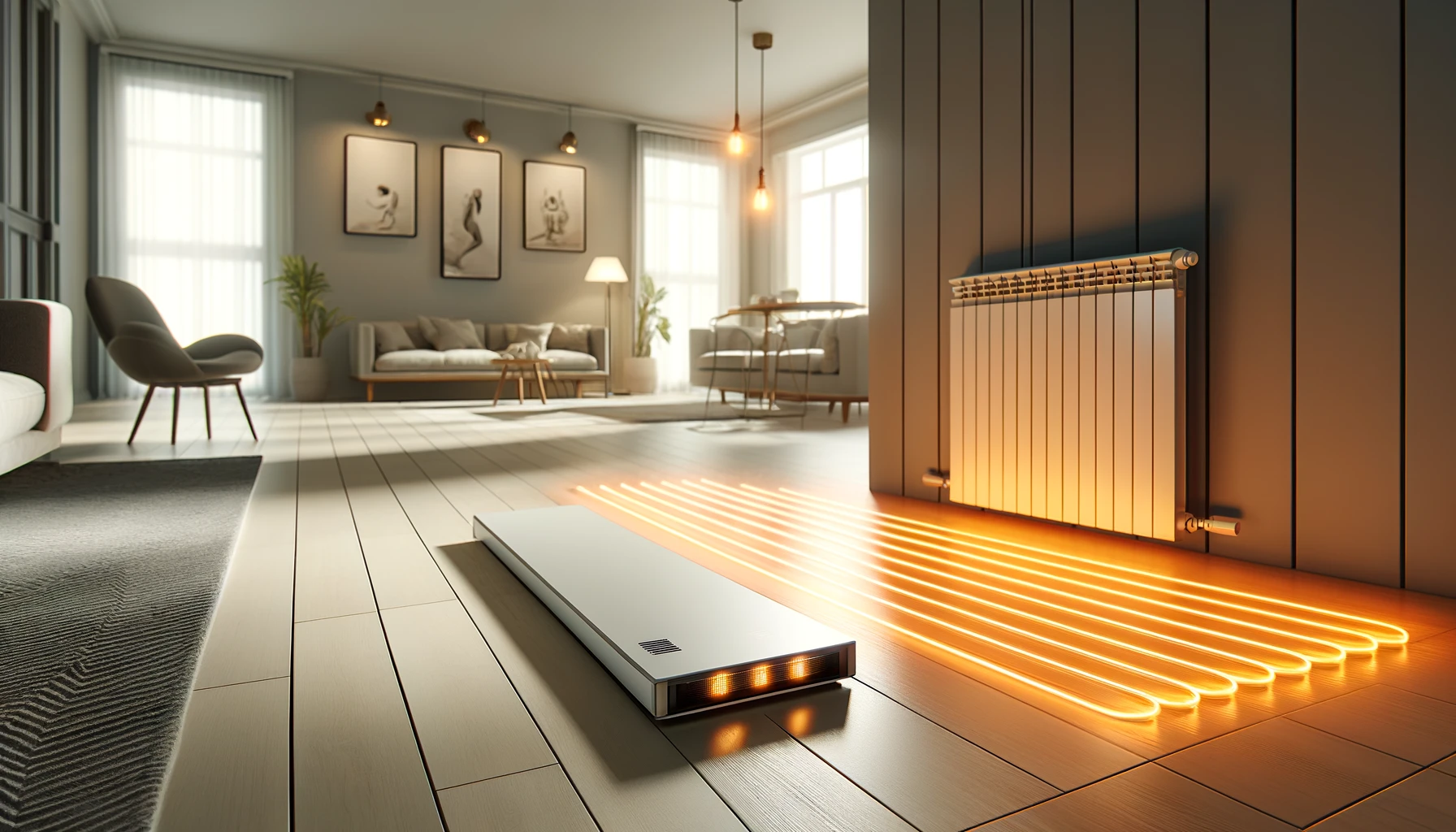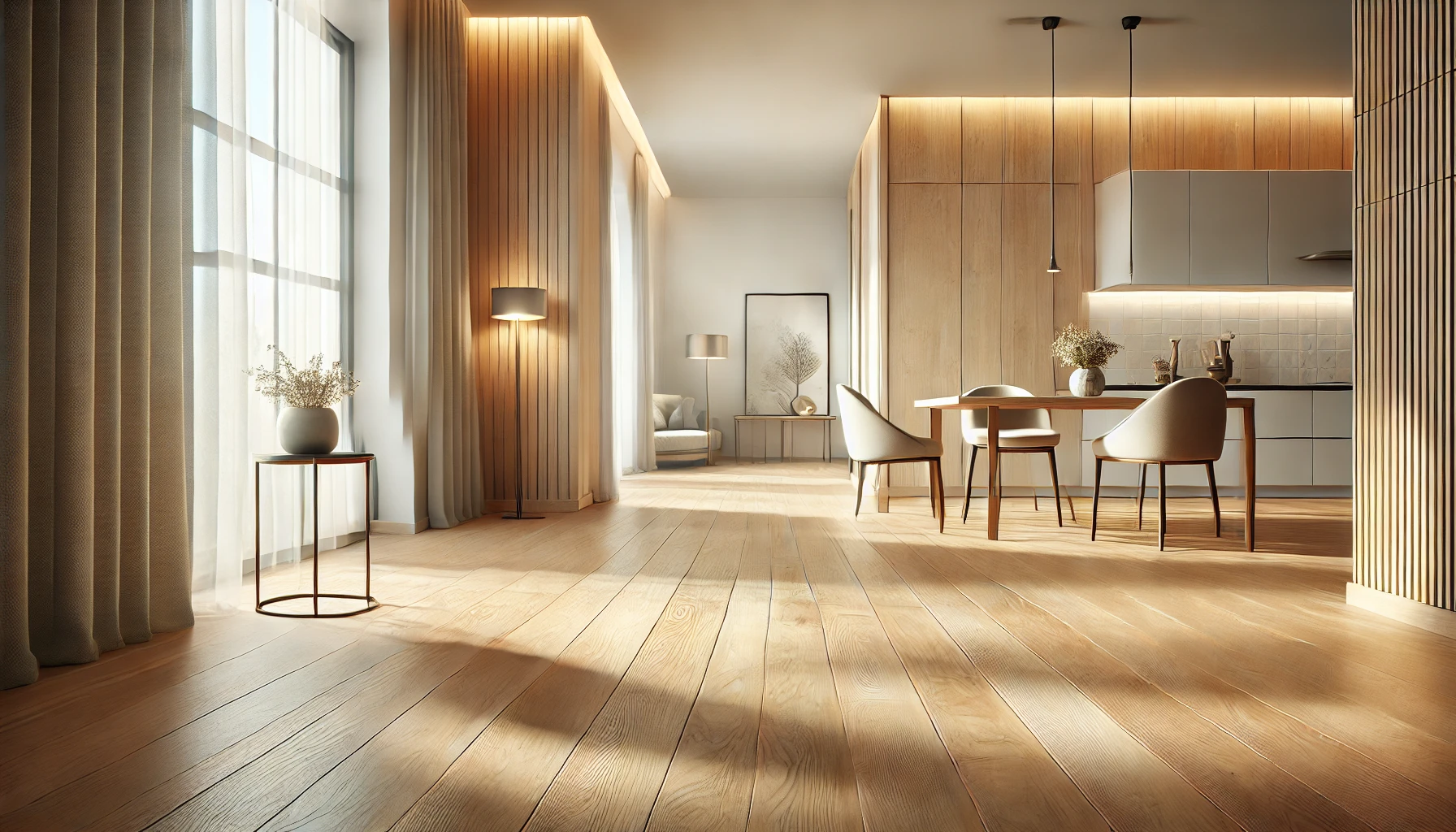Underfloor Heating and REVESEN Wooden Floors
Underfloor heating is becoming increasingly popular in modern homes due to its energy efficiency and even heat distribution throughout rooms. Choosing the right type of flooring is essential for the optimal performance of this system. Thanks to years of experience, conducted research, and the satisfaction of our clients, we confidently recommend the use of REVESEN wooden floorboards with underfloor heating — provided that all usage guidelines are followed.
Advantages of Underfloor Heating:
Even Heat Distribution:
Ensures thermal comfort throughout the room without cold spots, contributing to user comfort.
Better Air Quality:
Reduced air movement minimizes drops in humidity and limits dust circulation, which is especially important for allergy sufferers.
Energy Efficiency:
Compared to convection heating, underfloor systems can reduce energy costs by around 8%, making them a smart economic choice.
Compatibility with Modern Technologies:
Underfloor heating works perfectly with systems such as heat pumps or photovoltaic installations, making it a versatile solution.
Challenges of Underfloor Heating:
Higher Installation Costs:
Initial investment is typically higher than with traditional systems, though long-term savings can offset this.
Temperature Regulation:
These systems may require more precise control to maintain optimal comfort levels.
Raised Furniture:
It is recommended to use furniture with legs at least 10 cm high to avoid blocking heat flow, which could affect heating efficiency.
Optimizing Flooring for Underfloor Heating
To achieve the best thermal performance, we recommend spiral (snail) layout systems and the use of hard concrete with high thermal conductivity. Additionally, REVESEN floorboards should be glued directly to the substrate using the proper adhesive. This enhances thermal transfer and eliminates the „air cushion” effect common in floating floor systems. Glued wooden floors also offer better acoustic performance and are less prone to deformation caused by changes in indoor climate.
Key Properties of REVESEN Floorboards:
High Density and Hardness:
Our oak boards conduct heat effectively, which is crucial in underfloor heating systems and improves user comfort.
Seasoned Wood:
We use carefully seasoned wood, more resistant to fluctuations in humidity and temperature, ensuring floor stability.
Beveled Edges:
We recommend boards with beveled edges, which visually conceal natural wood expansion and make maintenance or spot repairs easier.
Care and Maintenance:
Hardwax Oil Finish:
Our boards are finished with hardwax oil, allowing the wood to breathe and improving moisture and heat exchange — beneficial for the indoor microclimate.
Climate Control:
Air humidity should be monitored year-round to maintain wood stability and ensure a comfortable living environment.
Surface Temperature:
For optimal performance and durability, the surface temperature of the wooden floor should not exceed 26°C, preventing material damage.
Technical Aspects of Floors on Underfloor Heating
Studies have shown that two-layer boards with a total thickness of 14 mm and a 6 mm top layer conduct heat as effectively as 15–16 mm solid boards. Three-layer elements with thinner outer layers and a thicker softwood core have slightly lower thermal conductivity but offer better resistance to indoor climate fluctuations.
Thermal Resistance Table of Selected Materials
| No. | Type of Flooring | Thermal Resistance (m²K/W) |
|---|---|---|
| 1 | Oak mosaic, 8 mm | 0.049 |
| 2 | Oak mosaic, 16 mm | 0.091 |
| 3 | Engineered oak parquet, 11 mm (3 mm top) | 0.066 |
| 4 | Solid oak parquet, 20 mm | 0.116 |
| 5 | Two-layer oak board, 14 mm (6 mm top) | 0.082 |
| 6 | Solid oak board, 16 mm | 0.087 |
| 7 | Ceramic tile, 13 mm | 0.013 |
| 8 | Three-layer oak board, 14 mm | 0.115 |
| 9 | Solid oak parquet, 22 mm | 0.124 |
Humidity, Temperature, and Wood Moisture Content
Wood moisture is closely linked to ambient humidity and temperature. Variations in these factors influence wood behavior, so it’s essential to maintain stable indoor microclimatic conditions.
Conclusion
Can REVESEN solid oak floorboards be installed over underfloor heating?
Based on our experience, scientific research, and expert opinions — yes. The key to success lies in choosing the correct board thickness and ensuring professional installation according to recommendations. Feel free to contact our office for personalized advice. With proper care and usage, wooden flooring over underfloor heating can last for many years — even generations.
References:
Profesjonalny Parkiet no. 4/90/2017
Murator no. 7, published 01.07.2014



